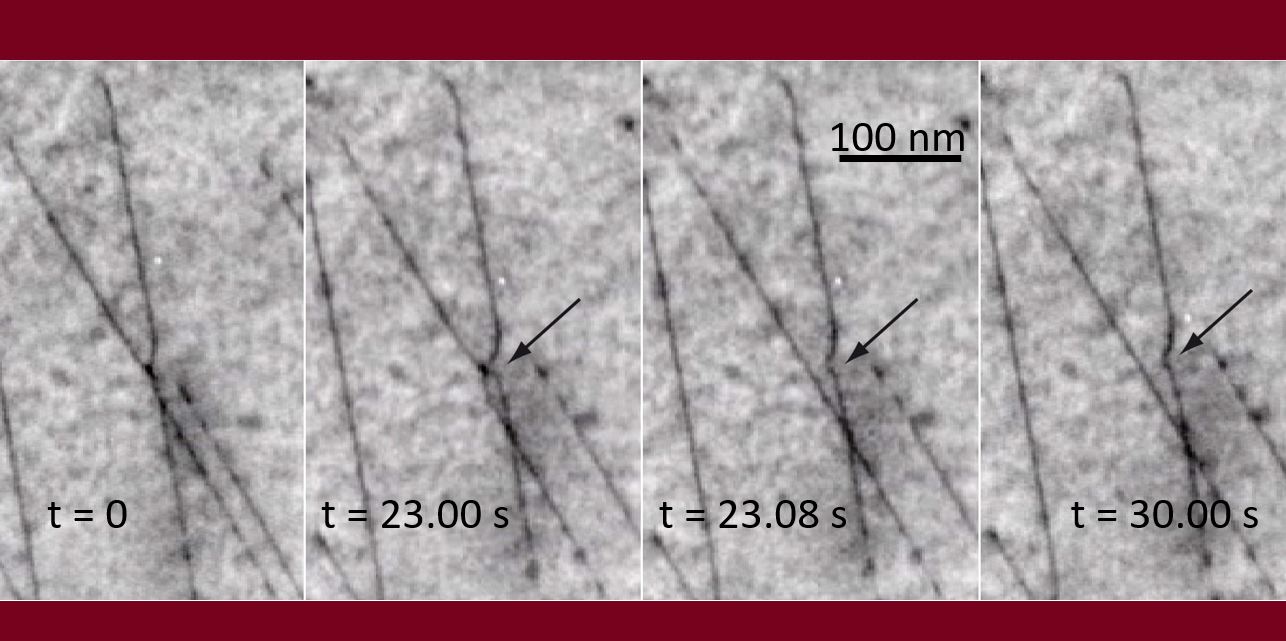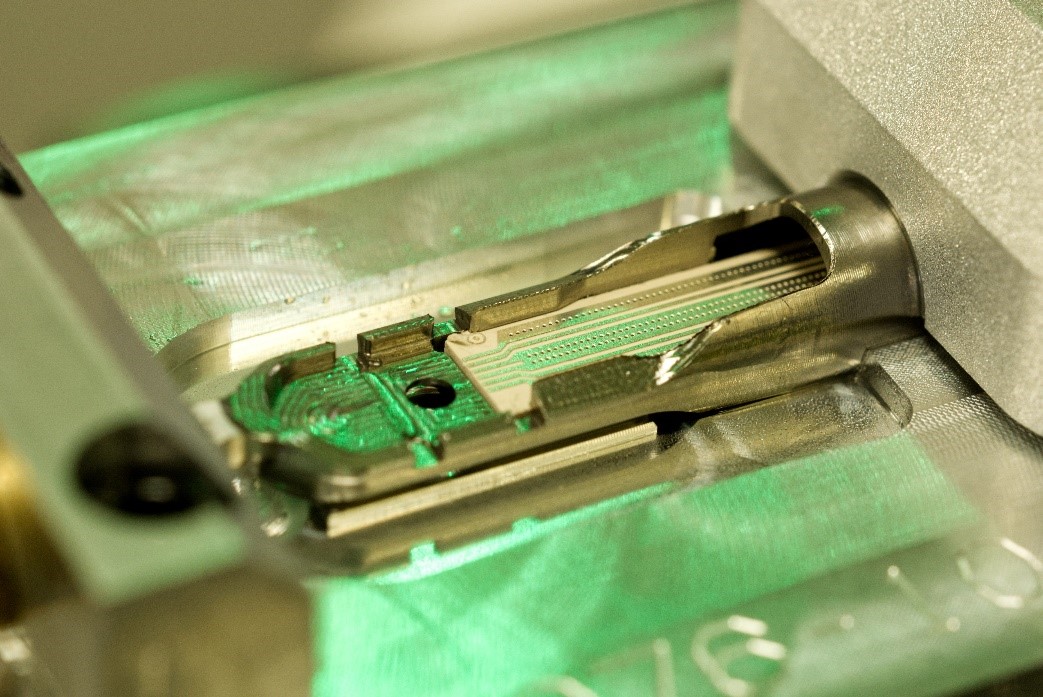

Wolfgang Bacsa
Professor, Department of Physics, University of Toulouse
Research interests
- Carbon-nanotube / polymer nanocomposite : Making polymer surfaces electrically conducting. The conductivity of thermoplastic polymers can be improved by using conductive fillers on the surfaces. Carbon nanotubes are incorporated into a thermoplastic poly(ether ether ketone) (PEEK) polymer by annealing uniform thin layers of carbon nanotubes onto the polymer surface. Carbon nanotube thin films of 2 cm2 surface area were obtained from suspensions of nanotubes in methanol. The resulting 200 nm thick composite layers showed electrical conductivity up to 8 S/cm. Publication: Pillet, P. Puech, S. Moyano, F. Neumayer, W. Bacsa, Polymer 226 (2021) 123807
- Elastic and thermal properties of graphene at elevated temperature : Softening of graphene at elevated temperture. Graphene, renowned for its exceptional mechanical and thermal properties at ambient conditions, exhibits notable changes when subjected to elevated temperatures. The highly elastic and flexible nature of graphene allows the creation of large stable bubbles on its surface in a controlled manner. When the graphene is illuminated with a laser beam, the incident and reflected beams form an optical standing wave. Increasing the laser power selectively heats the graphene bubble at the interference maxima of the standing wave. The local temperature change can be detected by following the Raman spectral shifts. Heat flow modeling allows to deduce the thermal conductivity of graphene and elastic properties of graphene at high temperatures. (Collaboration with South Korea, RS Ruoff, IBS, NanoX support). Publications : Huang Y., Wang X., Zhang X., Chen X., Li B., Wang B., Huang M., Zhu C., Zhang X., Bacsa W. S., Ding F., Ruoff R. S. Raman spectral band oscillations in large graphene bubbles. Phys. Rev. Lett. 120, 186104 (2018), W. Bacsa, M. Miscevic, F. Topin, J.M. Hill, Y. Huang, R.S. Ruoff. Probing elastic properties of graphene and heat conduction in graphene bubbles above 1000°C. Phys. Rev. B 107 (2023) 195433, in collaboration with CMCM, IBS/UNIST, Korea.
- Graphene/silicon Schottky solar cells : Improving the quantum yield in ultra thin solar cells by optimizing the optical field. Graphene/silicon Schottky solar cells represent a promising advancement in the field of photovoltaics, offering a unique combination of graphene’s exceptional electrical properties and silicon’s established role in solar technology. One of the key challenges in these ultra-thin solar cells is improving the quantum yield, which is a measure of the efficiency with which absorbed photons are converted into electrical current. Studies on the role of optical interference on the performance of the ultra-thin Si/graphene solar cell. The goal is to reduce the thickness of the crystalline Si layer to make the Si layer optically transparent and reduce the reflection loss. Realization of the cell and modeling of the optical field . These optimizations not only improve the overall efficiency of graphene/silicon Schottky solar cells but also pave the way for the development of thinner, more flexible, and highly efficient solar panels that could revolutionize the solar energy industry.(project supported by NanoX)
- Diffractive optical scanning probe microscopy (DO-SPM) : solving the Inverse scattering problem in the vicinity of surfaces. Diffractive Optical Scanning Probe Microscopy (DO-SPM) is an advanced technique that combines the principles of scanning probe microscopy with optical diffraction methods to achieve high-resolution imaging and characterization of surfaces at the nanoscale. One of the core challenges addressed by DO-SPM is the inverse scattering problem in the vicinity of surfaces. This involves interpreting the scattered light patterns obtained when a probe interacts with a surface to reconstruct detailed information about the surface’s topography and material properties. By leveraging sophisticated algorithms and computational models, DO-SPM can resolve intricate surface features that are otherwise difficult to detect with conventional microscopy techniques. This approach is particularly valuable for studying nanoscale structures in materials science and nanotechnology, where precise surface characterization is essential. The ability to accurately solve the inverse scattering problem enables researchers to gain deeper insights into surface phenomena and enhances the capability of DO-SPM as a powerful tool for nanoscale analysis. Publications : Interference Scanning Optical Probe Microscopy: Principles and Applications, W.S. Bacsa, Editor P.W. Hawkes, Advances in Imaging and Electron Physics, Ed. Acad. Press, 10, 1-19, 1999; Local optical field variation in the neighborhood of a semiconductor micro-grating, Bacsa, B. Levine, M. Caumont, B. Dwir, Journal of the Optical Society of America JOSA B, Vol 23 (2006) 893, Optical Interference near Surfaces and its Application in Subwavelength Microscopy, W. Bacsa, Editor P.W. Hawkes, Advances in Imaging and Electron Physics, Ed. Acad. Press, 163, 1-32, 2010 ; Optics Near Surfaces and at the Nanometer Scale. Bacsa, Wolfgang, Bacsa, Revathi, Myers, Tim, Springer Briefs in Physics (2020)
- Far field optics of nanoscale emitters : Optical super resolution microscopy. Our approach consists of generalizing our earlier discovery of far field optical properties of a single nanoscale emitter. These techniques manipulate the emission and detection of light in such a way that it becomes possible to discern features much smaller than the wavelength of light used. This breakthrough in optical imaging has profound implications for fields such as cell biology, materials science, and nanotechnology, enabling to observe and study molecular interactions, and nanoscale materials with unprecedented detail. Optical super-resolution microscopy thus represents a significant leap forward in our ability to explore the microscopic world, opening up new frontiers in scientific research and technological innovation. (support from nanoX and University of Toulouse) . Publications : Spectroscopic Properties Unique to Nano-Emitters, Andrew G. Walsh, Wolfgang S. Bacsa, A. Nickolas Vamivakas and Anna K. Swan, Nano Letters Vol. 8 (2008) 4330, in collaboration with Boston University Photonics Center.
-
Previous Post
Exhibition in the Boule of CEMES
Related Posts
Oct 18 , 2024
Oct 01 , 2024
PhD defense of Aurélien Roux
Oct 18 2024
Sep 18 , 2024
New TEM holders for in situ dynamic studies
September 18, 2024




